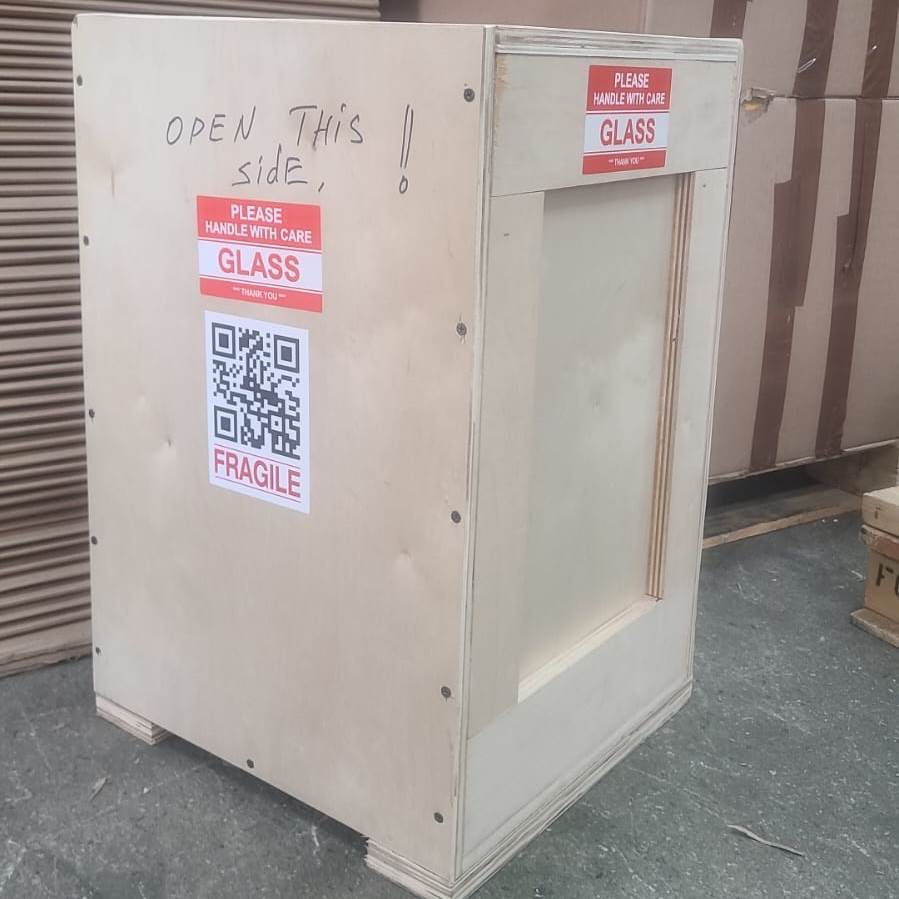A wooden crate for artwork has long been associated with the highest standard of art protection in transit. Custom crates are built in specialized workshops in line with the art object’s individual shape and dimensions to ensure its stability and comprehensive vibration control during movement. Yet, the art logistics industry is evolving fast, with new technologies entering the field to offer more cost-effective and ecological solutions. Will the wooden crate survive competition, or are there any viable alternatives at present?
Who Needs a Wooden Crate for Artwork?
Wooden crates are widely used by museums, galleries, auction houses, and private art collectors to secure fragile, high-value artwork during transportation. They are internationally recognized as the highest standard of physical protection from damage, mitigation of compression, shock, vibration, and puncture risks, and regulation of humidity and temperature. Crates are also associated with solid contamination control and prevention of theft.
Innovative Alternatives to Wooden Crates
While crates offer the most effective protection from all known transportation risks, art entities are now working on the development of alternative protective solutions with potentially better sustainability and cost parameters. These include:
- Reusable composite or aluminum frame cases that possess lighter weight and a modular structure.
- Crates manufactured from reinforced honeycomb board, easily recyclable and quick in manufacturing.
- Engineered paper systems with high sturdiness parameters, suitable for moderate-risk shipments.
- Crates made of corrugated plastic or polymers with advanced water resistance properties.
- Travel frames suitable for robust, low-risk shipments.
- Soft packaging with advanced shock absorption properties.
- Inflatable and foam-in-place systems ensuring optimal space use.
- 3D-printed inserts for item immobilization.
Though these options are still far from industry-wide adoption, they still offer a breadth of choice and point to the potential paths of the crating industry’s evolution in the near future.
Fine Art Shippers Keeps to Top Industry Standards in Crating
If you’re unsure about implementing innovative solutions for artwork crating, reliance on the good old classics is always a good idea. If your choice is a sturdy wooden crate for artwork, welcome to Fine Art Shippers’ workshop, where a skilled, well-trained team of art handlers will design a crate based on your art object’s individual dimensions. We always keep to the top industry standards and requirements of insurance brokers, so our crates guarantee full protection of your artwork during trips at any distance.
